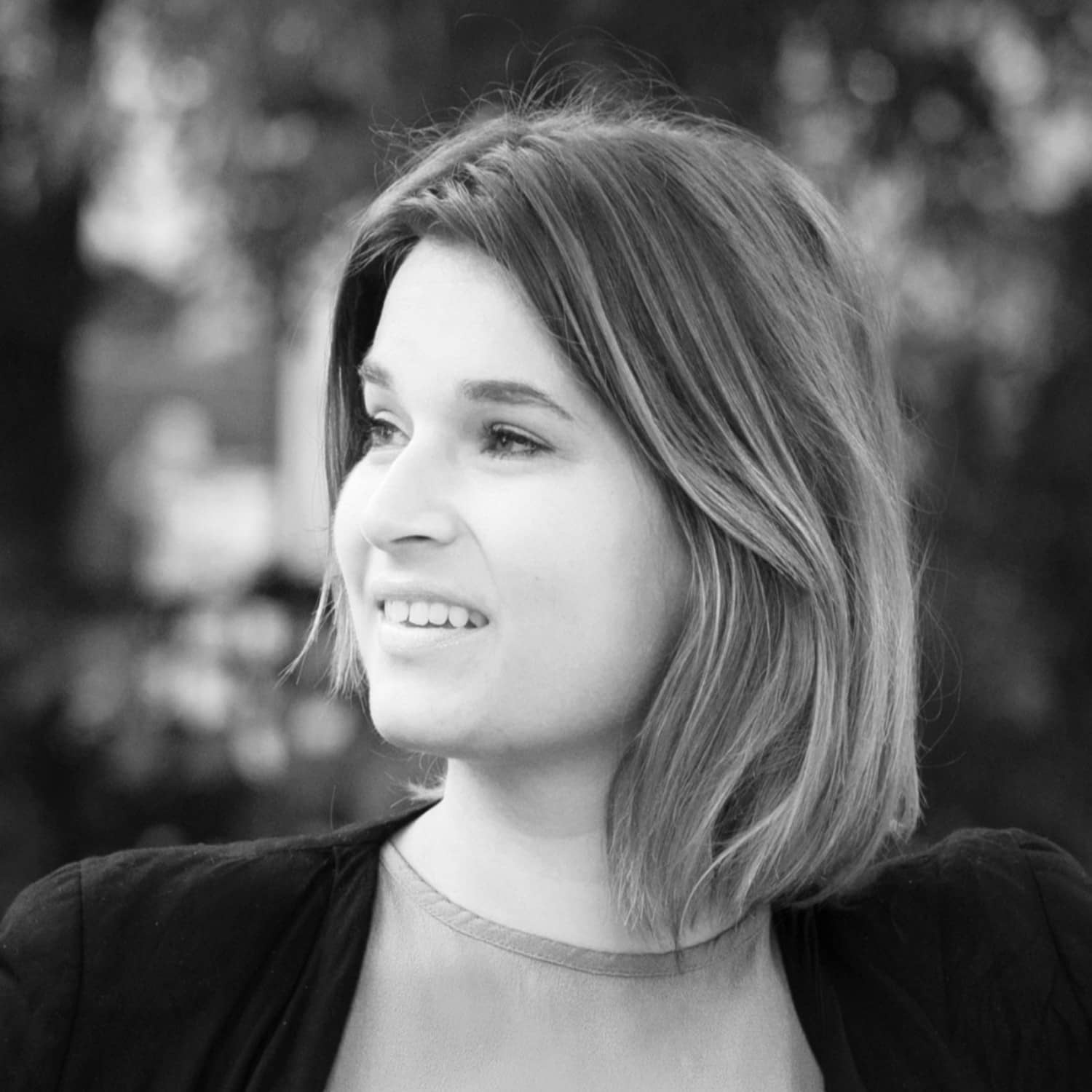Citizen-led Co-production Toward a Circular Built Environment
Tamara Egger is a PhD researcher at TU Delft’s Faculty of Architecture and the Built Environment. Together with her supervisors – dr.ir. Olga Ioannou (Department of Architectural Engineering & Technology), Prof.dr.ir. Alexandra den Heijer (Department of Management in the Built Environment), and Prof.dr.ir. Machiel van Dorst (Department of Urbanism)- they investigate the social dimension of the Circular Built Environment (CBE). Their research is twofold: they examine how a CBE can contribute to social justice and sustainability, but also how various actors, particularly citizens, can actively participate in this transition. Applying a transdisciplinary approach, they conduct action research to explore what can be learned from informalities and grassroots initiatives. In this video, Tamara discusses the opportunities and challenges of co-production processes and the importance of citizen involvement. Through a careful examination of a series of case studies, she explores how these processes are relevant toward the transition to a CBE and delves into how diverse actors can co-produce a CBE.
Main takeaways
- In spatial co-production, diverse actors like citizens, planners, public officials, researchers and others, bring together their knowledge, skills, and resources, to create spatial interventions. Citizen-led co-production in particular, is based on the idea that citizens have valuable knowledge and capabilities to improve their environments; and that citizens can take accountability in transforming spaces in collaboration with others.
- Citizen-led co-production toward a circular built environment is enabled by: a. collective intelligence, b. awareness and capacity building, and c. safe spaces to experiment. However, it can be hindered by: a. labor cost-intensive processes, b. lack of evidence for the quality control of reused materials, c. deviating timeframes, and d. limited knowledge and skills.
- Citizen-led co-production toward a CBE requires a shift in the roles of existing stakeholders and the introduction of new ones. Architects and planners can be key to the transition by acting as facilitators, translators, enablers or activists.
Further Reading on Co-production
- Arnstein, S. R. (1969). A ladder of citizen participation. Journal of the American Institute of Planners, 216–224. https://doi.org/10.1080/01944366908977225
- Gaete Cruz, M., Ersoy, A., Czischke, D., & van Bueren, E. (2022). Towards a framework for urban landscape co-design: Linking the participation ladder and the design cycle. CoDesign, 1-20. https://doi.org/10.1080/15710882.2022.2123928
- Mitlin, D. (2008). With and beyond the state — co-production as a route to political influence, power and transformation for grassroots organizations. Environment and Urbanization, 20(2), 339-360. https://doi.org/10.1177/0956247808096117
- Ostrom, E. (1996). Crossing the Great Divide: Coproduction, Synergy, and Development. World Development, 24(6), 1073–1087. https://doi.org/https://doi.org/10.1016/0305-750X(96)00023-X
- Sanders, E. B.-N., & Stappers, P. J. (2008). Co-creation and the new landscapes of design. Co-Design. https://doi.org/10.1080/15710880701875068
- Zamenopoulos, T., & Alexiou, K. (2018). Co-design As Collaborative Research. Bristol University/AHRC Connected Communities Programme. https://connected-communities.org/wp-content/uploads/2018/07/Co-Design_SP.pdf
Examples of Citizen-led Initiatives
- BlueCity, Rotterdam, The Netherlands: https://www.bluecity.nl/circulaire-bouw/
- Buurman, Rotterdam, The Netherlands: https://www.buurman.in
- Diseño Informal, B31, Argentina: https://blogs.iadb.org/ciudades-sostenibles/es/estrategias-de-habitabilidad-en-barrios-populares-prototipos-de-co-diseno-informal/
- Granby Four Streets, Liverpool, UK: https://www.granby4streetsclt.co.uk
- Haus der Materialisierung, Berlin, Germany: https://hausdermaterialisierung.org
- Mercat del Encants, Barcelona, Spain: https://encantsbarcelona.com/en/
- Minalesh Terra, Addis Ababa, Ethiopia: https://vimeo.com/46602547
- Persa Victor Manuel, Santiago, Chile: https://persavictormanuel.cl
- R-urban, Colombes, France: http://r-urban.net/en/
- RUS, Lima, Peru: http://basurama.org/en/projects/rus-lima-autoparque-de-atracciones/
- ZwischenZeitZentrale, Bremen, Germany: https://www.zzz-bremen.de/ueber-uns/
